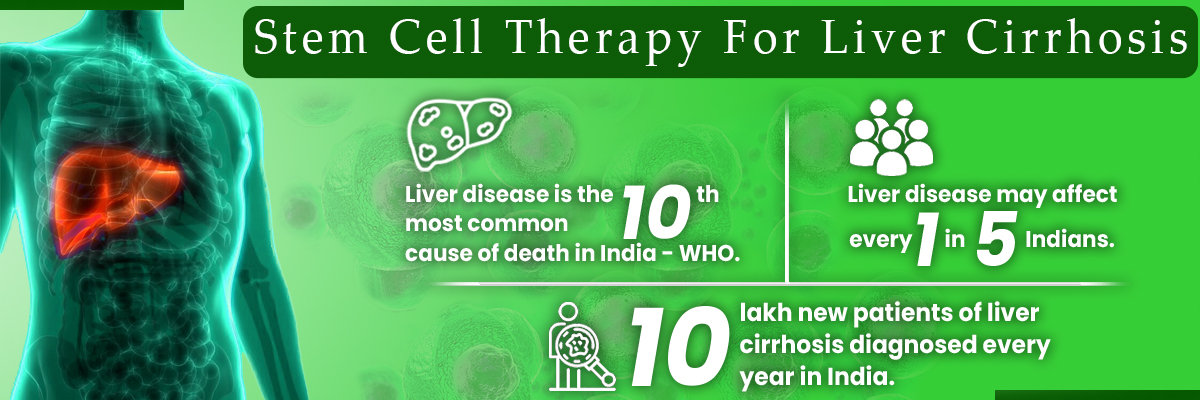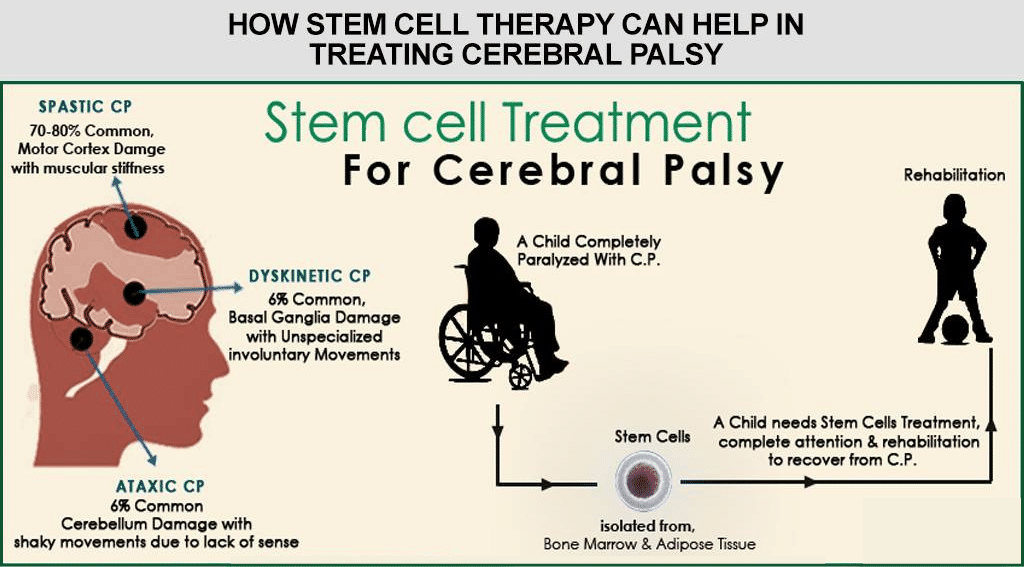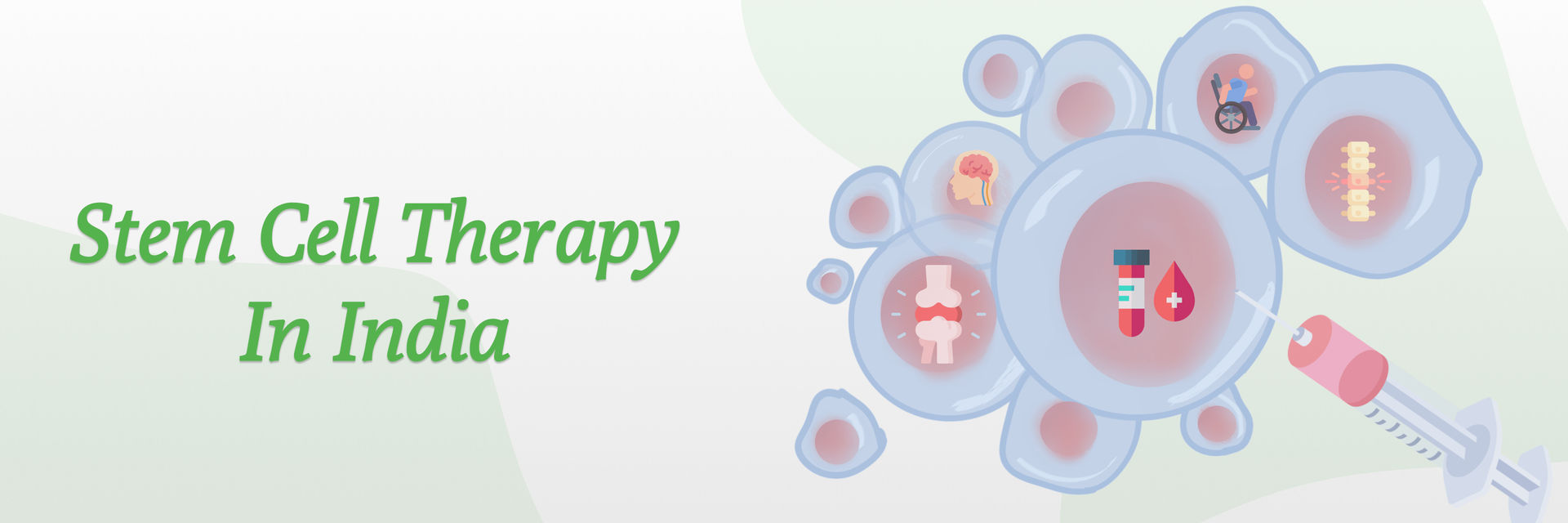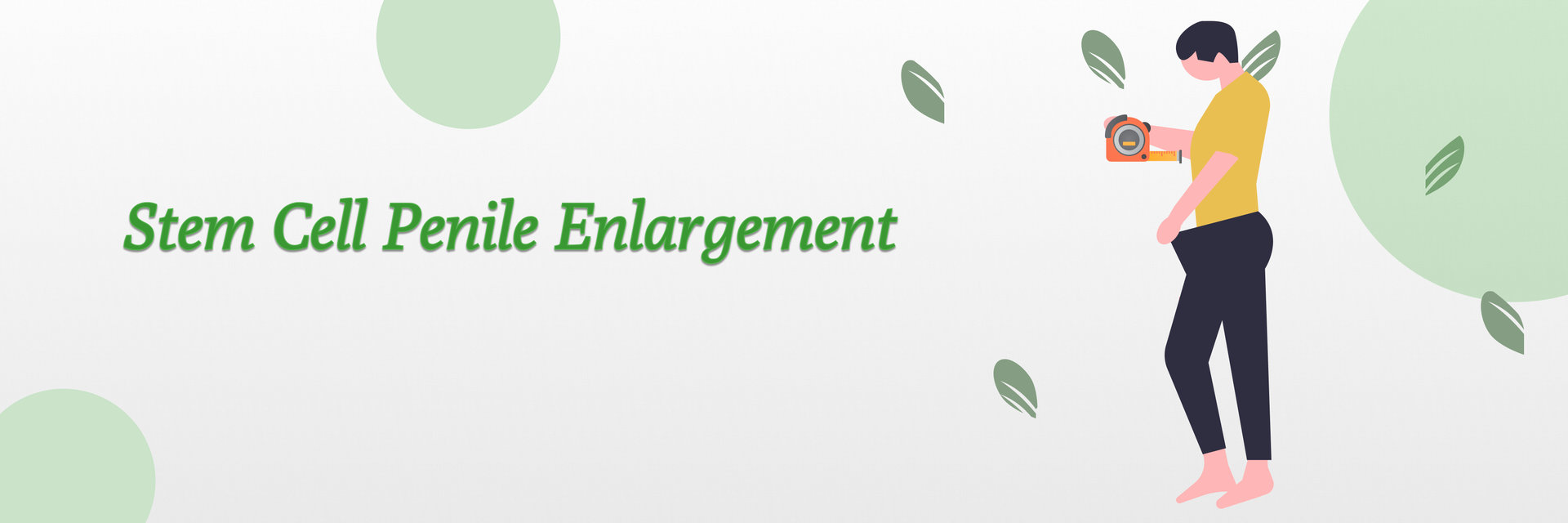Did you Know?
- More than 2 million Americans experience some rotator cuff problem every year.
- For large tears (three by five centimetres), the retear rate is approximately 27% .
- For massive tears (where one tendon is largely or completely gone or more than one tendon is torn), the retear rate is anywhere from 50 to 90%
Understanding the Rotator Cuff
The rotator cuff is a group of four muscles and their associated tendons that stabilize the shoulder joint and allow for a wide range of motion. These tendons connect the shoulder blade to the upper arm bone, enabling lifting and rotating movements. They are common because they are constantly used and under much stress. They especially affect athletes and people who do repetitive shoulder motions. Rotator cuff injuries can severely impact your quality of life, limiting shoulder function and causing persistent pain.
Traditional treatments often involve long recovery times or invasive surgery. However, stem cell therapy for rotator cuff injuries presents a groundbreaking alternative that harnesses the body’s natural healing capabilities. This article explores the benefits, safety, and effectiveness of using stem cells to repair rotator cuff injuries. It offers a complete guide for those considering this new treatment.
Ever wondered how you can heal your rotator cuff injury without going under the knife? Let's learn how stem cell therapy could be the answer.
Stem Cell Therapy for Rotator Cuff
Stem cell therapy uses the body’s regenerative potential to repair damaged tissues and is a promising treatment for rotator cuff injuries. The procedure involves harvesting stem cells. These are usually taken from the patient’s bone marrow or fat. Then, they are injected into the injured area. These cells can change into the needed types. They rebuild and strengthen the damaged rotator cuff tissue, enhancing healing and reducing pain.
Dr. Pradeep Mahajan, a urologist and expert in stem cell therapy, says, "Stem cell therapy revolutionizes rotator cuff repair by leveraging the body's innate healing abilities. By injecting stem cells directly into the injured rotator cuff, we stimulate the regeneration of tendon tissues and reduce inflammation. This advanced approach not only accelerates recovery but also enhances tissue strength and function, offering a less invasive and highly effective alternative to traditional surgical methods."
Types of Stem Cells Used for Rotator Cuff Repair
Several types of stem cells can be used in rotator cuff repair:
- Mesenchymal Stem Cells (MSCs): Sourced from bone marrow or fat tissue, MSCs are popular for their ability to differentiate into various cell types, including tendon cells.
- Adipose-derived stem Cells (ADSCs): These are harvested from fat tissue and are valued for their ease of acquisition and potent anti-inflammatory properties.
- Amniotic Stem Cells: Collected from amniotic fluid, these cells are rich in growth factors and have robust healing properties, though they are less commonly used than MSCs and ADSCs.
Can Stem Cell Therapy Completely Heal a Torn Rotator Cuff?
Stem cell therapy shows much promise. It enhances the healing of rotator cuff injuries, and it is especially helpful for partial tears and tendinosis. Although it may not fully fix a torn tendon, it can improve tissue, reduce pain, and boost function. However, for severe or full-thickness tears, surgery is the main treatment. It is often aided by stem cell therapy to boost recovery.
Surgery isn't your only option! Discover why more people are choosing stem cell therapy for quicker, less invasive recovery.
Benefits of Using Stem Cell Therapy Over Traditional Surgery for Rotator Cuff
Aspect | Stem Cell Therapy | Traditional Surgery |
| Invasiveness | Minimally invasive with injections | Highly invasive, requiring incisions |
| Recovery Time | Shorter, often within weeks | Longer, typically months |
| Pain and Discomfort | Generally lower levels post-procedure | Higher levels post-surgery |
| Risk of Complications | Lower, with minimal infection risk | Higher, with risks including infection and scarring |
| Outpatient Procedure | Often outpatient, with minimal downtime | It may require hospital stay and extensive aftercare |
Cost of Stem Cell Therapy for Rotator Cuff
The cost of stem cell therapy for rotator cuff injuries varies widely based on factors such as the type of stem cells used, the extent of the injury, and the geographical location of the treatment center.
- In India, Stem Cell Therapy for Rotator Cuff costs approximately 8000 to 12000 USD.
Insurance coverage for this therapy is often limited, so it's important to check with your provider and discuss financing options with your healthcare facility.
Factors Affecting Cost of Stem cells for rotator cuff
- Type of Stem Cells Used
- Source of Stem Cells
- Treatment Complexity
- Clinic and Location
How Safe Is Stem Cell Therapy for Rotator Cuff Tears?
Stem cell therapy for rotator cuff tears is generally considered safe, with a low risk of adverse effects. Since the procedure often uses autologous stem cells (derived from the patient's body), the risk of immune rejection or infection is minimal. Common side effects are typically mild and may include temporary soreness or swelling at the injection site.
Success Rate of Stem Cell Therapy for Rotator Cuff
Studies and clinical reports suggest that stem cell therapy has a high success rate in treating rotator cuff injuries, particularly in reducing pain and improving shoulder function.
- Stem cell patients reported a 70% success rate.
Patients often experience significant improvement within weeks, and the regenerative effects can continue to enhance healing over several months. However, the success of the treatment can vary depending on the severity of the injury and the specific type of stem cell therapy used.
Conclusion
Stem cell therapy is promising. It is less invasive than traditional surgery. It treats rotator cuff injuries. Its ability to enhance natural healing, reduce pain, and shorten recovery times makes it a viable option for many patients. It could help athletes return to their sport quickly. It could also help those seeking relief from shoulder pain without surgery. Stem cell therapy could be a valuable solution for you. Always ask a qualified healthcare provider. They can tell you if this treatment is right for your condition.
FAQs
1. Can stem cell therapy be combined with other treatments for rotator cuff injuries?
Yes, doctors often use stem cell therapy with physical therapy. They also use it with anti-inflammatory meds. Sometimes, they use it with surgery. This use is to improve healing and recovery.
2. How long does it take to see results from stem cell therapy for rotator cuff injuries?
Patients may notice less pain and better function within a few weeks. The benefits continue for several months as the tissue regenerates.
3. Is stem cell therapy for rotator cuff injuries suitable for everyone?
Stem cell therapy is not suitable for everyone, especially those with severe or full-thickness rotator cuff tears. You must have a full evaluation by a healthcare professional. It will determine the best treatment.






